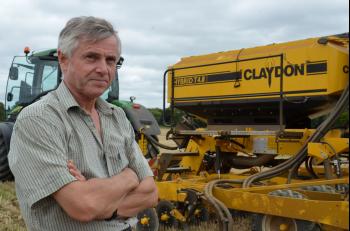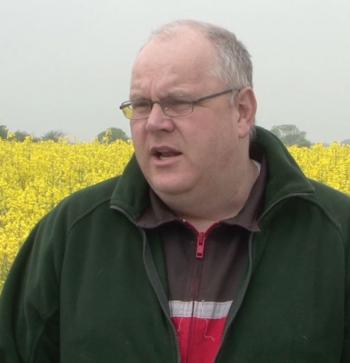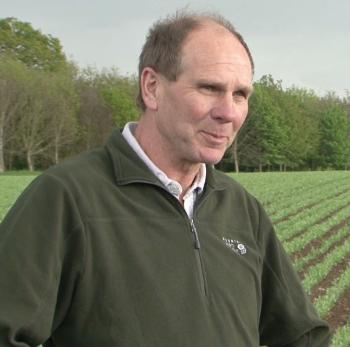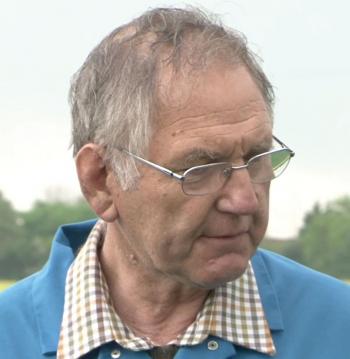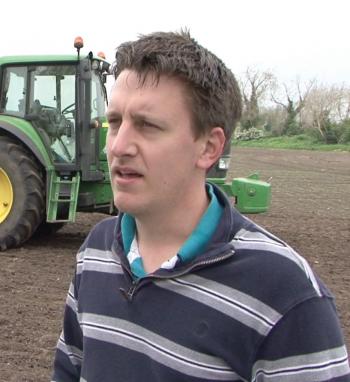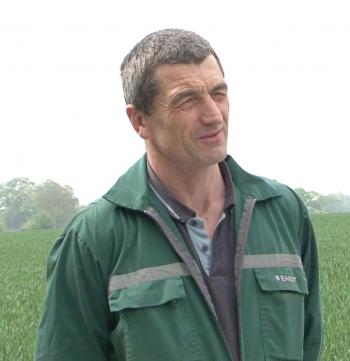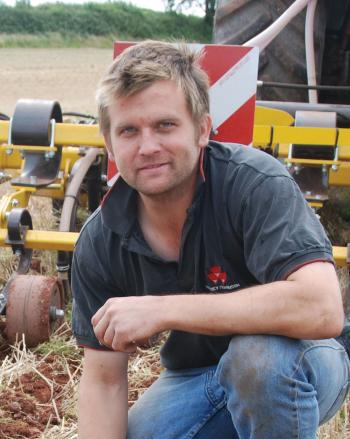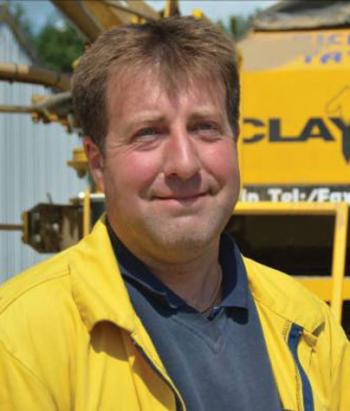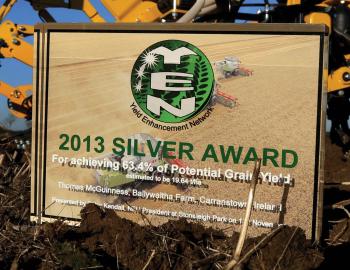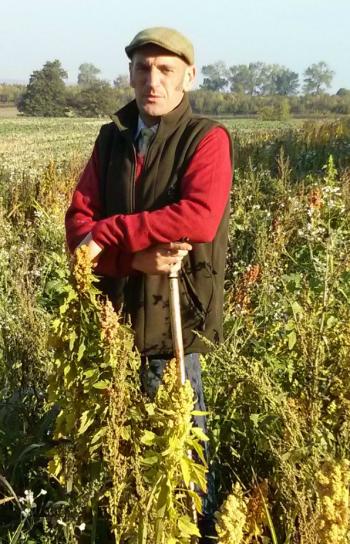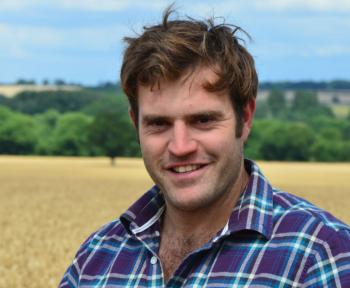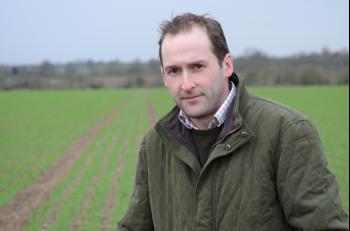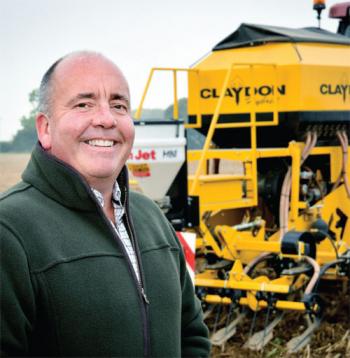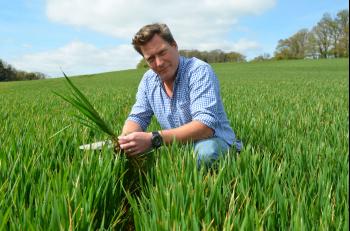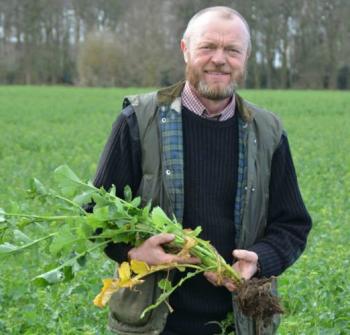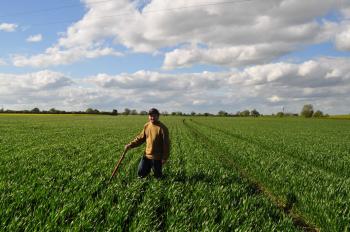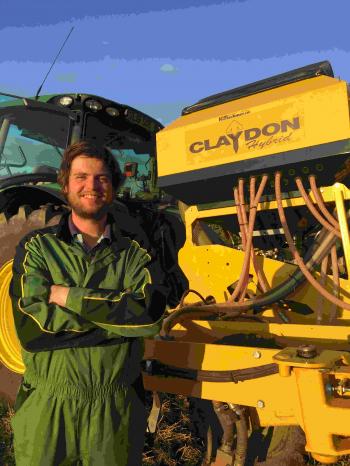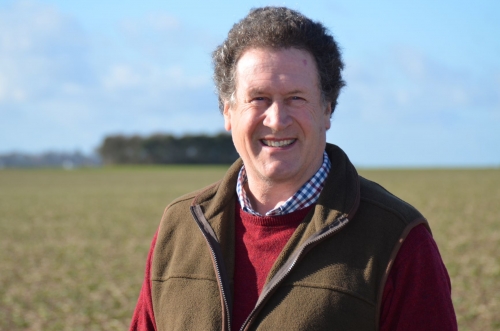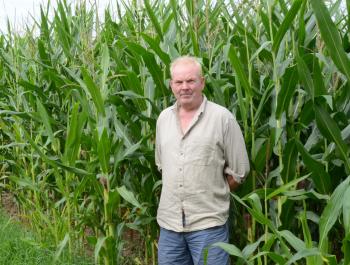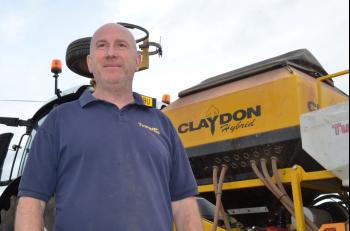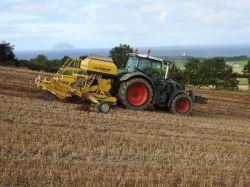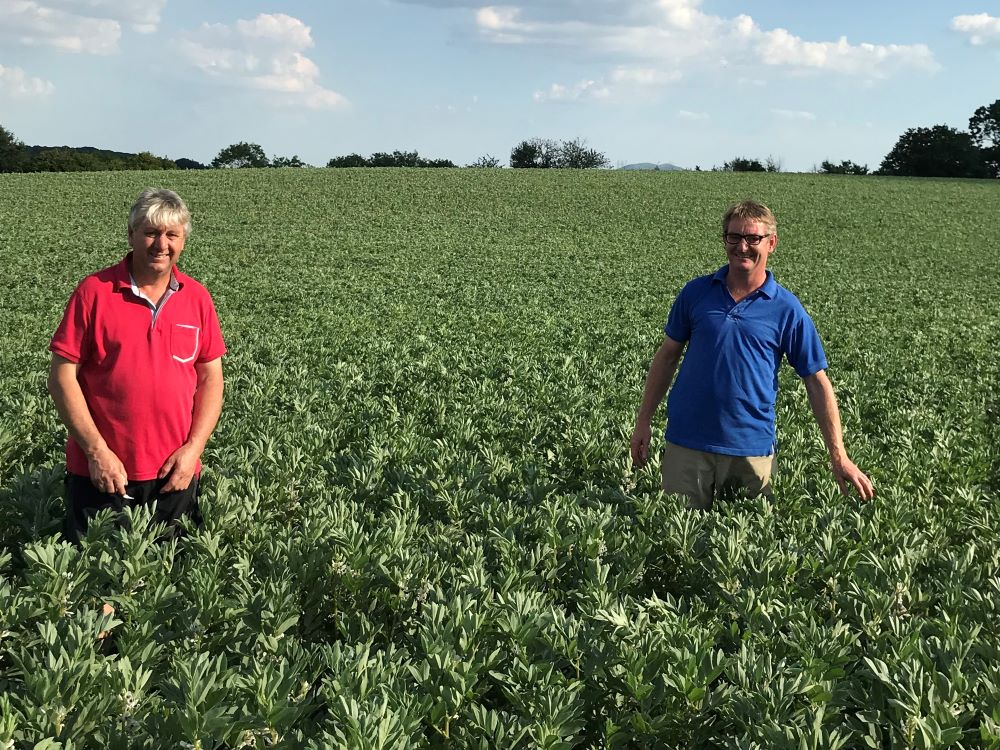JONATHAN HOLLAND
1,000 acres arable, light loam, flinty chalk, clay cap, Berkshire
What does it take to establish 1,000 acres of combinable crops?
“One man, one tractor and one Claydon drill”, says Berkshire farmer Jonathan Holland.
Three years ago, Jonathan Holland carefully considered the future of his farming operation, even though yields were good and the business was profitable. Despite being in a good position, he felt that the economic and legislative pressures on the farming sector will only increase, reducing profitability.
To help future-proof his business Jonathan decided to greatly simplify the system used to establish the 1,000 acres of arable crops he produces around Newbury. The aim was to significantly reduce costs whilst maintaining yields and gross margins. That goal has been achieved. Yields have improved, fixed costs are much lower, the labour bill is zero, wearing metal cost just £760 last season while at under £8,000 the annual spend on diesel is a fraction of what it was before.
Despite saving £60,000 per year (£60/acre) since changing to the Claydon System, Jonathan says his crops have never looked or performed better.
Click here to find out more….
Download PDF





